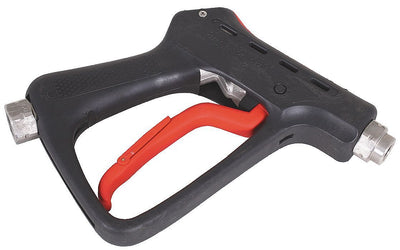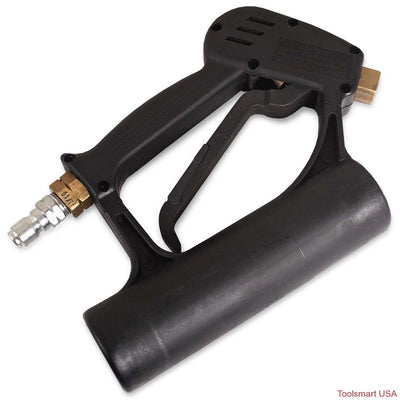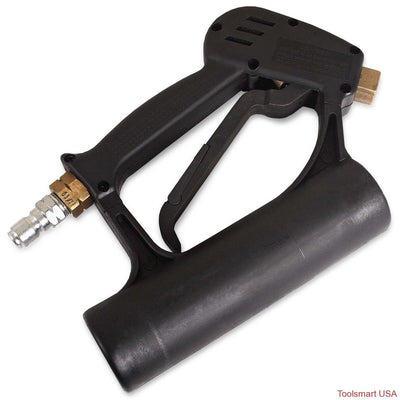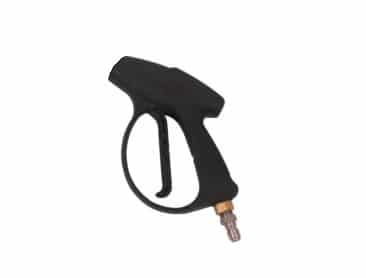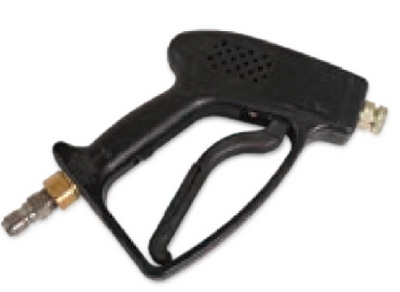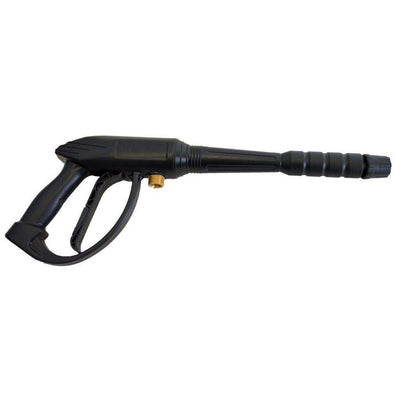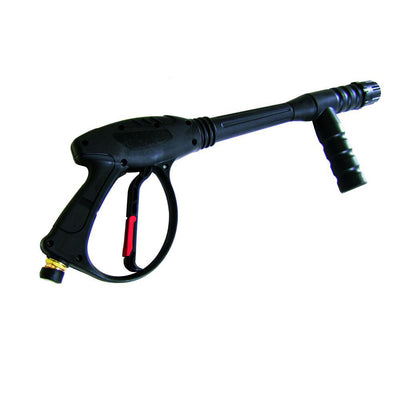Spraying VS Spraying & Back rolling – A Guide
Often times you will see a contractor who is using an airless paint sprayer but has an additional worker behind the employee spraying using a traditional paint roller. For many contractors, this is the standard method they use in applying coatings like latex or interior paints. However other contractors seem to simply spray their coating and nothing else. This article will cover what spraying and back rolling is and why you may want to back roll or not.
What Spraying and Back rolling is
When you spray and back roll you use an airless paint sprayer to apply the coating and immediately behind you will be a second worker who will then use a roller like a ½” Nap Roller to go over the coating that was just sprayed.
Why Spray and Back roll?
By back rolling right after you spray the coating that you have applied the coating will work into the surface of the product more efficiently than just spraying alone. The benefit of working the coating in further is that it will help promote better adhesion between your coating and the substrate (which is most commonly drywall as back rolling is a popular application with home interiors). Additionally, it will help smooth down raised fibers that may occur when applying coating to a drywall.
When is spraying and back rolling needed or used?
Typically, you want to consider spraying them back rolling when applying the primer for the interior walls of the home or new build construction. You will also want to talk with your coatings provider to determine if your substrate and coating system will require back rolling as it will depend on the quality of the coating system and the substrate. The reason it is especially important to back roll primer is the primer is the coat that bonds with the substrate initially. If your primer is not properly applied or does not adhere well to the substrate you can experience coating failure, which is when the coating does not last, perform properly. or stay on the surface. An additional application you may want to consider using a back roller is when you want to achieve a texture affect with the coating you are applying. The back roller will be able to create a texture unlike a pure airless application that will typically provide a very smooth flat finish. For the top coat that goes over your primer you can often choose whether to back roll or just spray, for ultimate adhesion back rolling will help but for a smooth finish spraying alone can be sufficient.
How can you reduce the potential need for back rolling?
There are a few ways in which you can potentially reduce the need to back roll a coating.
Factor 1-the quality of the paint/primer you use-their different grades of paint/primer that every company offers, that will also have different costs associated with them. Higher-end primers may be able to provide strong adhesion without the need for back rolling. The best way to determine if you can use your primer without needing back rolling is to consult with your coatings company to find the primer that will adhere well and perform well without the need to back roll the substrate that you will be applying the primer to.
Factor 2 – Sanding between the primer’s application and your topcoat. One of the main reasons that you back roll over certain substrates like drywall is to reduce the paper filaments that raise up on new drywall when you spray a coating. If your using a high quality primer that will not require back rolling but are worried about issues with raised filaments you can consider sanding between the primer and top coat if it seems sanding would take less time than back rolling the entire surface.
Conclusion
Typically, back rolling after spraying on walls and ceilings is ideal especially for your primer. It will help in promoting better adhesion of the primer and reduce issues of raised filaments with drywall. If you want to try to reduce back rolling you can consider coordinating with your paint company to find a primer that will adhere and perform well without back rolling and consider sanding the surface between primer and top coat to reduce any issues with raised filaments if they are a potential concern.
Additional Resources


